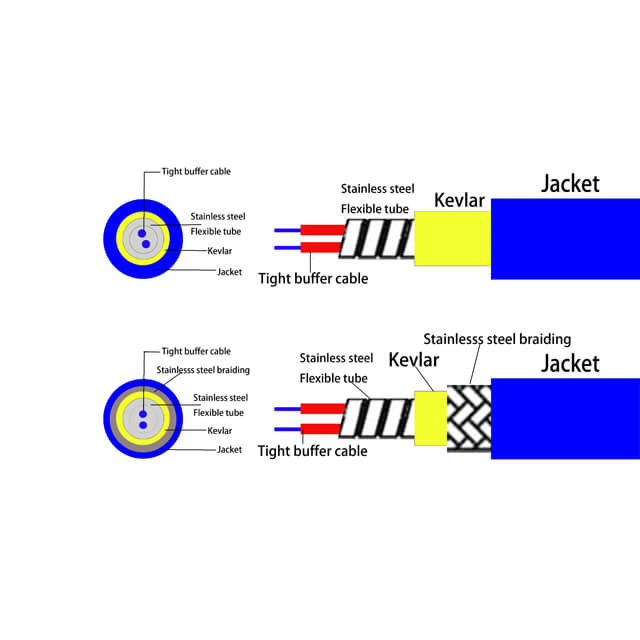Exploring the Brilliance of Crystal Clear Connections

In today's fast-paced world, reliable and speedy communication is of utmost importance. Whether it's for personal or professional use, we all rely on efficient networks to connect with others. One such technology that has revolutionized the transmission of data and information is fiber optic cables. In this article, we will explore the brilliance of fiber optic cables in communication and understand why they have become the go-to choice for high-speed and reliable connections.
The Science Behind Fiber Optic Cables
Fiber optic cables are made up of thin strands of glass or plastic that transmit information in the form of light pulses. These strands, known as optical fibers, are designed to carry immense amounts of data over long distances. The core, where the light travels, is surrounded by a cladding material that reflects the light back into the core, preventing signal loss or interference.
Unmatched Speed and Bandwidth
One of the key advantages of fiber optic cables is their ability to transmit data at incredible speeds. Unlike traditional copper cables, which transmit electrical signals, fiber optic cables use light signals. This allows for faster data transfer rates and higher bandwidth capabilities. With fiber optic cables, it is possible to achieve gigabit and even terabit speeds, ensuring smooth and uninterrupted communication.
Long-Distance Communication
Another remarkable feature of fiber optic cables is their ability to transmit information over long distances without significant degradation of the signal quality. As light travels through the optical fibers, it experiences minimal loss, allowing communication over vast distances without the need for signal amplification. This makes fiber optic cables ideal for intercontinental communication, connecting people and businesses across the globe.
Secure and Immune to Interference
Fiber optic cables offer a higher level of security compared to traditional copper cables. Unlike copper cables, which emit electrical signals, fiber optic cables do not radiate any signals outside the cables. This makes it extremely difficult for hackers or eavesdroppers to tap into the communication. Additionally, fiber optic cables are immune to electromagnetic interference, which can disrupt signals in copper cables. They are also resistant to environmental factors such as temperature changes and moisture, ensuring stable and reliable connections.
Future-Proof Solution
Investing in fiber optic cables is a future-proof solution for any communication network. As our dependence on digital data continues to grow, the demand for faster speeds and higher bandwidth will also increase. Fiber optic cables have the capacity to handle these increasing demands. Upgrading to fiber optic technology now ensures that your network can keep up with future advancements, saving costs and avoiding the need for frequent infrastructure upgrades.
In conclusion, fiber optic cables have revolutionized communication with their unmatched speed, long-distance capabilities, security, and future-proof nature. Whether it's for internet connections, telecommunication networks, or data centers, fiber optic cables offer crystal clear connections that are essential in today's digital world. Embracing this technology ensures reliable and efficient communication for individuals and businesses alike.


